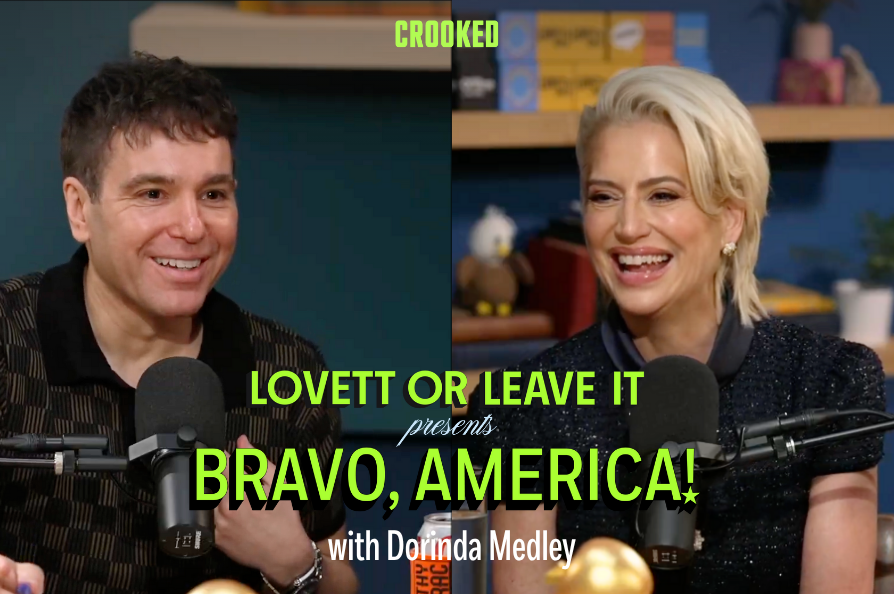
For five days since the footage of an altercation between MAGA-clad Catholic school boys and the elder Native American activists Nathan Phillips near the Lincoln Memorial first caught fire online, the political Internet has been agonizing with itself, and arguing across ideological lines, about context.
Very few people honestly contend that there’s nothing upsetting about the initial clip, which shows the boys mocking Phillips, and one student in particular, Nicholas Sandmann, smirking in Phillips’ face, chest puffed, clearly attempting to menace him.
But there have been endless recriminations from conservatives for those who drew firm conclusions about the incident too soon—for the stories people told themselves about how the man and the boys first came into contact, the assumptions that filled the void of angles and scenes that were not captured in the first video.
When the missing context came to light—when we learned the boys didn’t seek Phillips out, that they had just been on the receiving end of angry taunting by the abrasive cultists of the Black Israelites—it filled out the story just so, giving the conservative coalition all the cover it needed to close ranks around these students.
But if context is key, we should draw the lens back even further than the events of this past weekend. There’s a reason these boys, their taunts and their MAGA hats, triggered a mass cultural gag reflex. Whether you think liberals botched the Sandmann controversy or not, the widespread revulsion didn’t stem from a misapprehension of anything.
To the contrary, both strong and mild critiques of the Covington Catholic schoolboys place them comfortably within ugly trends that have thrived in certain communities since before Donald Trump won the 2016 election.
Trump supporters, young and old alike, recognized a long time ago that simply chanting “Trump!” at immigrants and minorities is an effective way of letting them know they are not welcome. “Build the wall!” chants serve a similar purpose, as do MAGA hats, which are perhaps less implicitly violent than past symbols of intolerance, but still serve as menacing reminders to everyone not in the MAGA tribe of where they stand in the national pecking order.
Nicholas Sandmann shouldn’t have to bear the weight of this phenomenon alone. He is but one of thousands of kids and adults who have taken part in these rituals, and he may yet mature into someone who feels embarrassed by his youthful antics. The purpose of broadening the discussion is to assess the damage Trump is inflicting on an entire generation, and on all of society, not on the Covington boys per se. He is making more and more Nicholas Sandmanns, fewer and fewer of whom will ever mature into tolerant individuals. Sandmann may outgrow Trumpism, but the harm of Trumpism is that more kids like Sandmann will grow up to be adults like Trump.
Trumpism isn’t defined by racism and tribal dominance rituals alone. It is a value system that prizes lying and dirty dealing as tools of solidarity and hoarding power. It is why Trump feels comfortable saying whatever nonsense he wants to say—about caravans, and riots, and Hillary Clinton colluding with Russians—in the service of whatever goal he’s trying to advance. The general awareness, right and left, that he’s flooding the zone with horseshit actually strengthens his position among Republicans, many of whom revel in the underhandedness because they believe it serves their interests.
Recall that after Dr. Christine Blasey Ford accused Brett Kavanaugh of assaulting her when they were both teenagers, he saved his Supreme Court nomination not by admitting doubt or fault, or by demonstrating that he had evolved from a heedless youth into a genuinely fine person, but by rallying the whole MAGA tribe with a primal scream of lies and grievance. He proved he was one of them and they responded by riding to his rescue.
I don’t know if the Covington boys watched that spectacle unfold or what distinct lessons they learned from it, but the Sandmann family’s response to this week’s backlash resembles the Kavanaugh plot in important ways.
Under the circumstances, it’s not really surprising that parents of means would retain legal or public relations representation to help their son move past something so potentially damaging. But it is very revealing that they worked with a Republican firm to help their son wink his way into permanent martyr status with the president’s base, rather than a non-partisan communicator who might have appealed to society’s vast capacity to forgive children. Particularly white children, who show contrition and the capacity for personal growth.
Just as Kavanaugh could have claimed to have no memory of specific incidents and atoned broadly to people he mistreated as a young jock, Sandmann could have acknowledged that he got caught up in a moment he didn’t really know how to respond to—there presumably aren’t many Black Israelites or Native American activists in Covington—and promised to learn from the experience.
Instead, with coaching, he went on national television and, like a political operative, stated his “position” that he “was not disrespectful to Mr. Phillips.”
You don’t have to have been an arrogant, self-satisfied teenage boy once upon a time to recognize Sandmann’s “position” as Eddie Haskell-esque bullshit—but it definitely helps.
Sandmann was subdued in his public comments where Kavanaugh bared fangs, but the patterns of their conduct were otherwise very similar. Predate, recoil, regroup, lie, win. In Kavanaugh’s case the victory was total–he is a Supreme Court justice now. Chief Justice John Roberts and Senate Republicans saw to it that the judiciary could never review Kavanaugh’s ethical conduct. The Democratic House seems to lack the appetite or bandwidth to reopen his file, to investigate whether Kavanaugh lied under oath, or participated in the framing of an innocent person. He even coaches girls basketball again. Sandmann, too, will likely emerge from this experience with brighter, more remunerative prospects than he had beforehand.
This same dynamic of solidarity among bad actors is why the ongoing government shutdown fight seems all but impossible to resolve. The election of a Democratic House fried the circuits of Trump’s machine-like sense of his own entitlement. Losing a dominance fight isn’t compatible with his value system, so he will persist as long as possible, and tee up some new aggression if and when he loses. It took a single sustained encounter with checks and balances for Trump’s entire approach to the presidency to sputter. This will have lasting benefits, if Democrats can look beyond the horizon of each particular altercation with the president, and continue bending him.
Dealing Trump sustained defeat is the only way to drain away the poisons he has unleashed into the body politic—to show not just Republicans in Congress but his impressionable supporters across the country that the public will ultimately reject antisocial abuses of power. It’s why so much is at stake in coming fights over the wall, the special counsel investigation, oversight, and the election. As long as Trump’s young admirers view their red hats, and all they stand for, as their tickets to unearned success and impunity, as long as unaccountable power is at their fingertips, it will be difficult to divert them toward less toxic public ethics. And the stakes couldn’t be higher, because they are the Republican leaders of the future.


